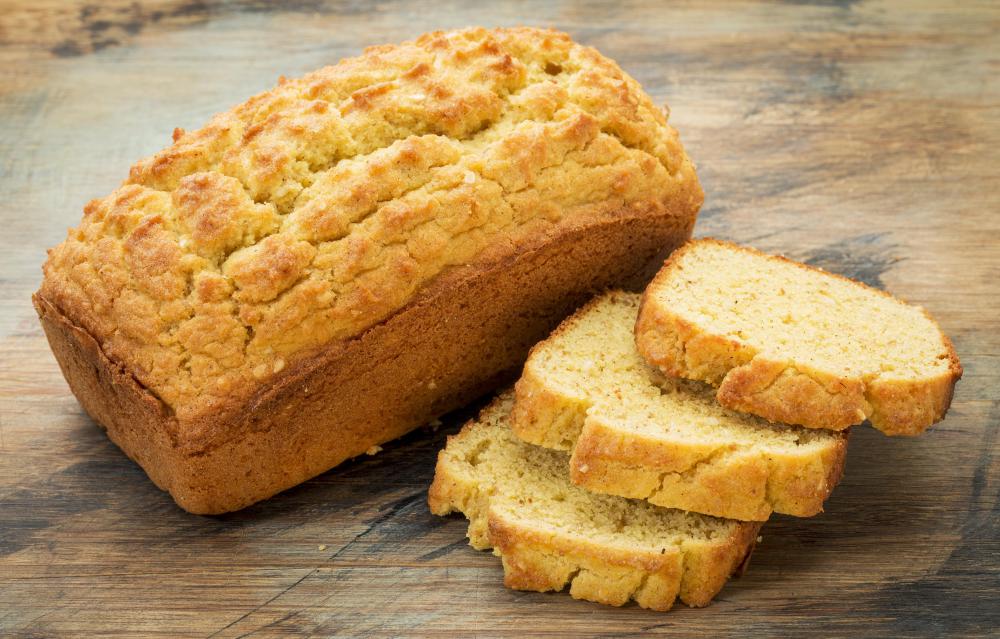At WiseGEEK, we're committed to delivering accurate, trustworthy information. Our expert-authored content is rigorously fact-checked and sourced from credible authorities. Discover how we uphold the highest standards in providing you with reliable knowledge.
How Do I Choose the Best Multigrain Bread?
When choosing multigrain bread, you should consider the type of bread that you and your family enjoy, the ingredients used in the bread that is available to you, and your budget. You should also consider the availability of multigrain bread in your area, as some bakers and merchants may have better offerings than others. Ultimately, your choice of bread should primarily be based on your personal tastes and preferences, though if you or a family member has dietary intolerances or allergies, you may need to be more specific about the type of bread you purchase for your household.
Many people enjoy multigrain bread for its strong, hearty flavor and texture. In addition to complementing sandwich fillings nicely, multigrain bread can also make excellent toast and a tasty accompaniment to soups or salads. In addition, many people believe that multigrain bread is healthier than bread made from standard, processed flours. As a result, multigrain bread is available in a variety of retail settings, including specialty bakeries and bake shops as well as health food stores and even standard supermarkets. When choosing a merchant, you may wish to consider the freshness of the bread that it has on offer as well as the breadth of its selection.

As whole-grain breads can be made from a variety of grains and seeds, it's important to read labels so that you understand exactly what is in the bread that you buy. You may find that some grains are more palatable to you and your family than others, so you should take that into consideration when making a purchase. Another consideration may be the nutritional content of the bread. For example, if you are concerned about increasing or decreasing the amount of fiber in your diet, read nutrition labels to select a bread that has the right amount of fiber for you.

You should also consider specific health concerns that you or your family might have. Some types of multigrain bread may include sprouted grains, which some people find more digestible and nutritious than non-sprouted grains. Another significant concern is that of gluten. Breads that are made from wheat, barley, or rye are not suitable for those who have celiac disease or a gluten intolerance. If either of these conditions is a concern, read ingredient labels or ask store personnel for information on the gluten content of a store's bread offerings and whether it has any gluten-free multigrain bread available for purchase.
AS FEATURED ON:
AS FEATURED ON:














Discuss this Article
Post your comments